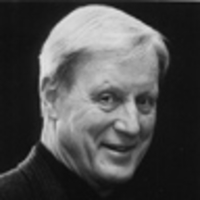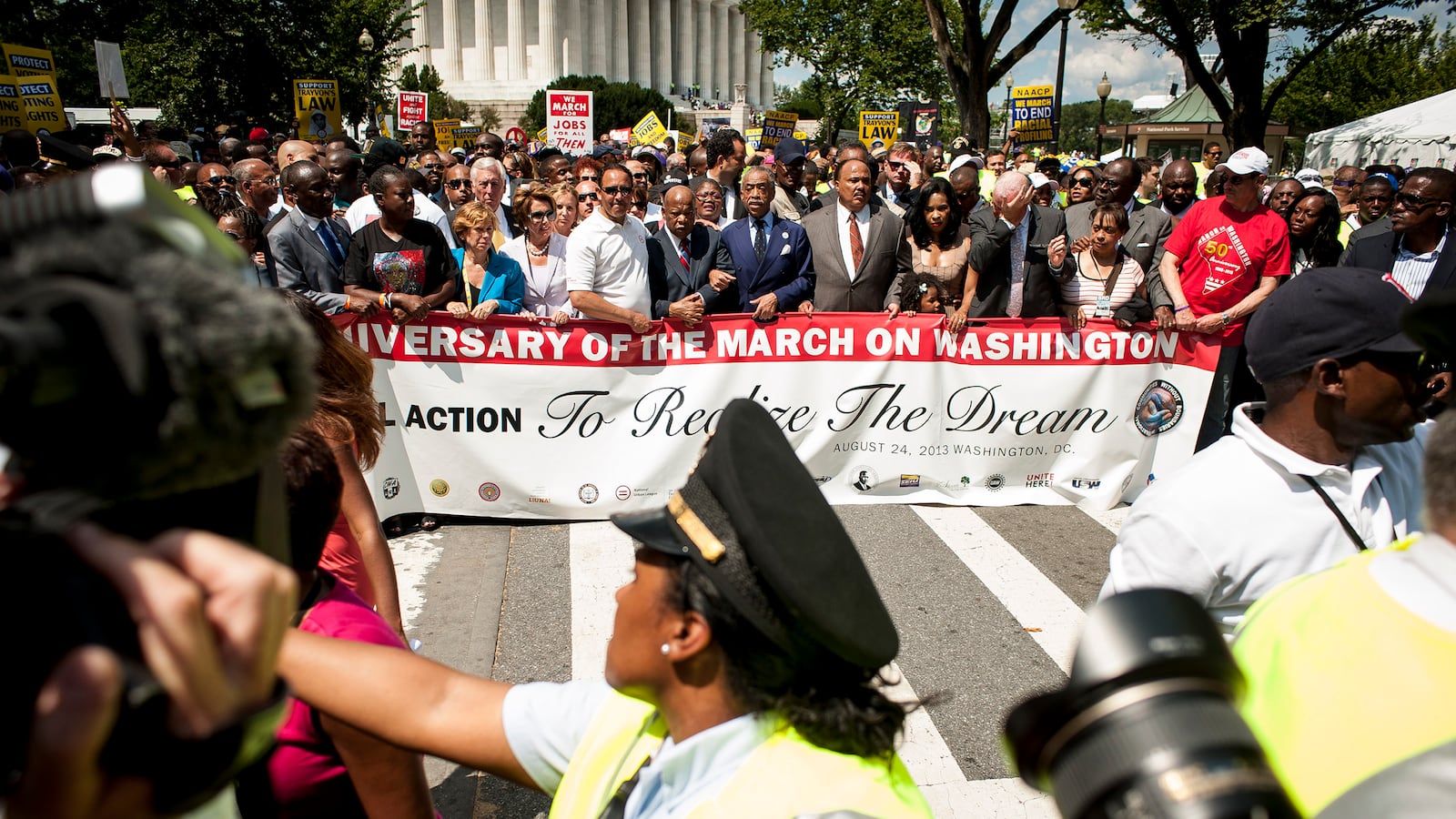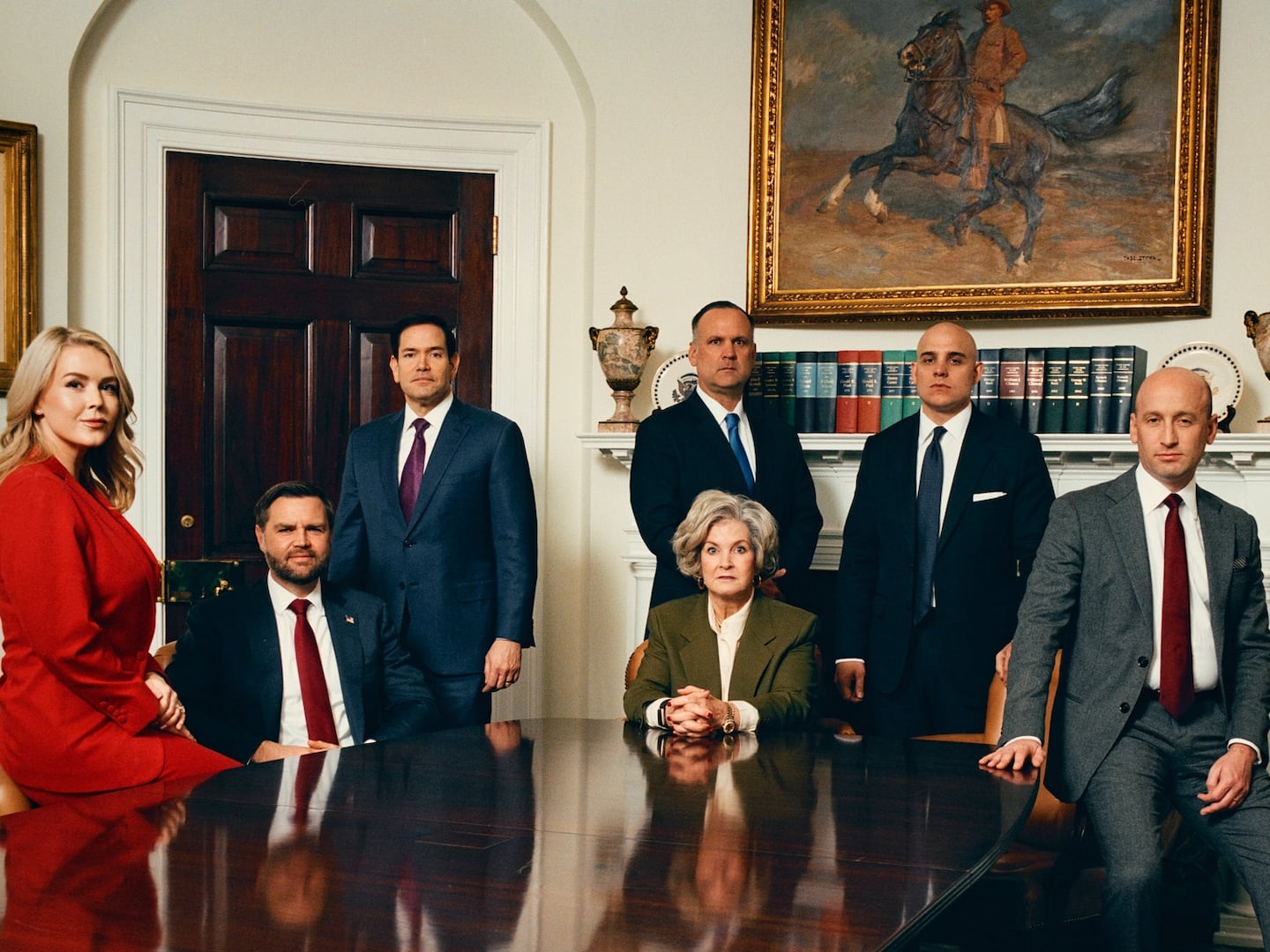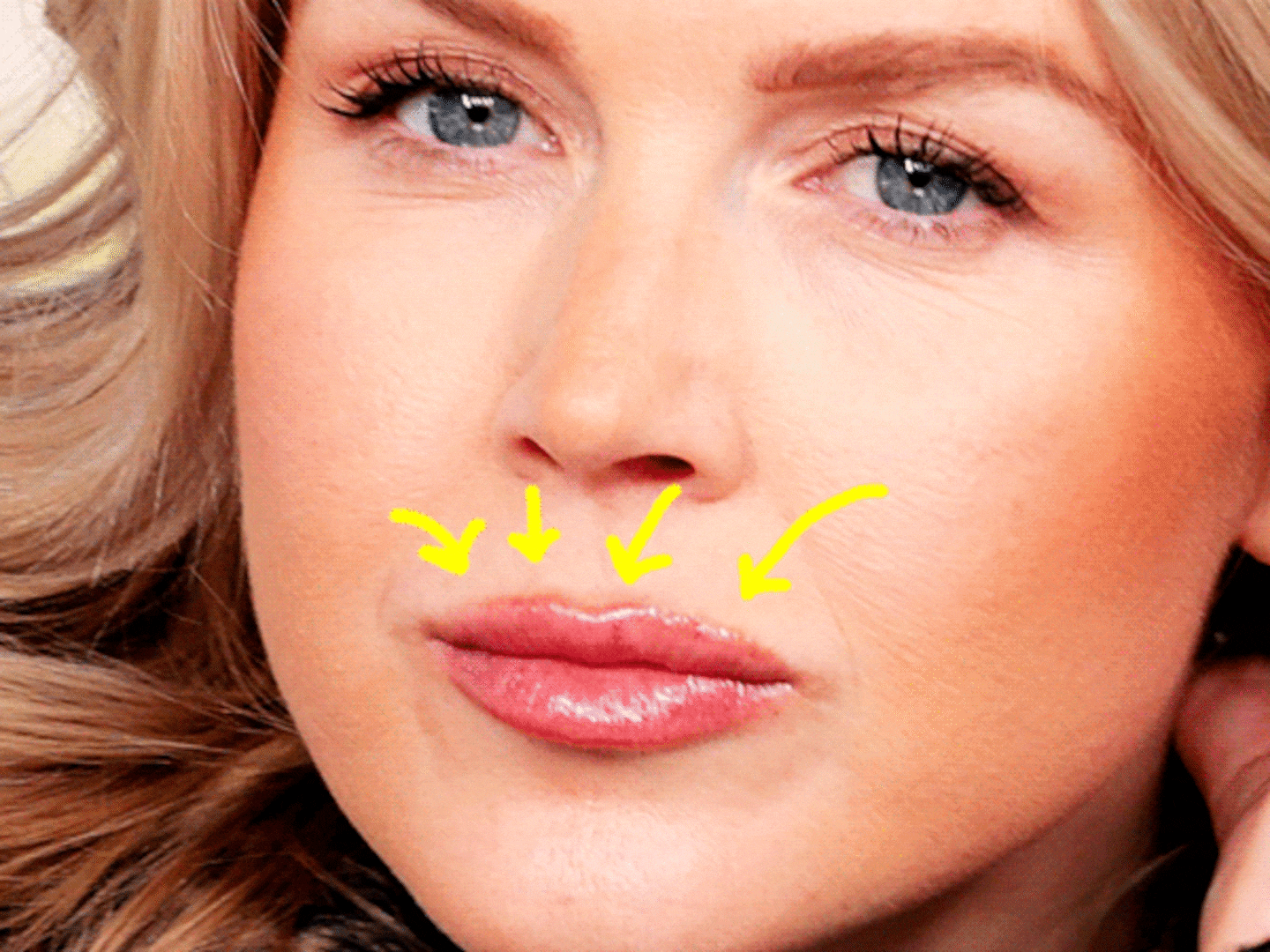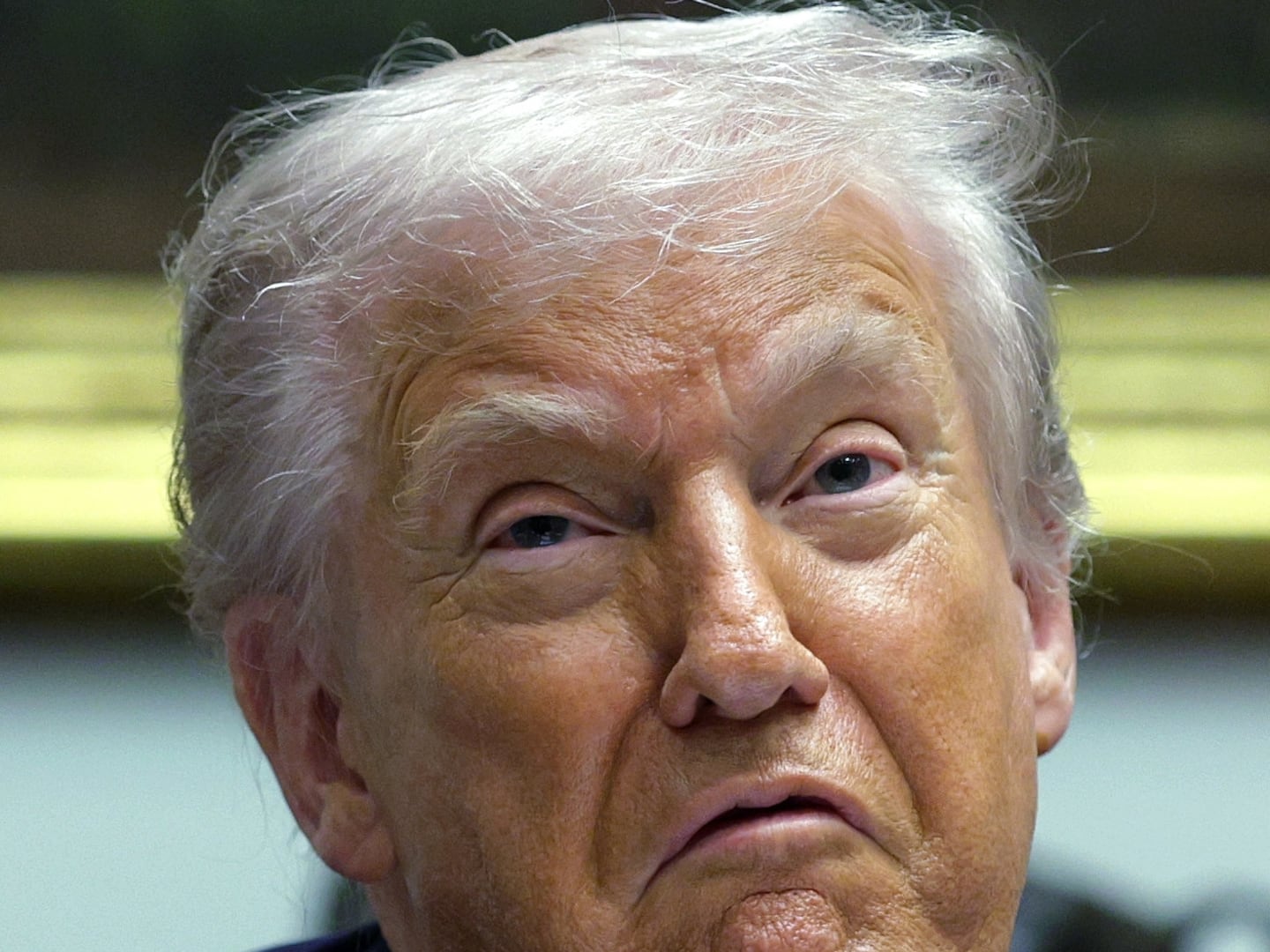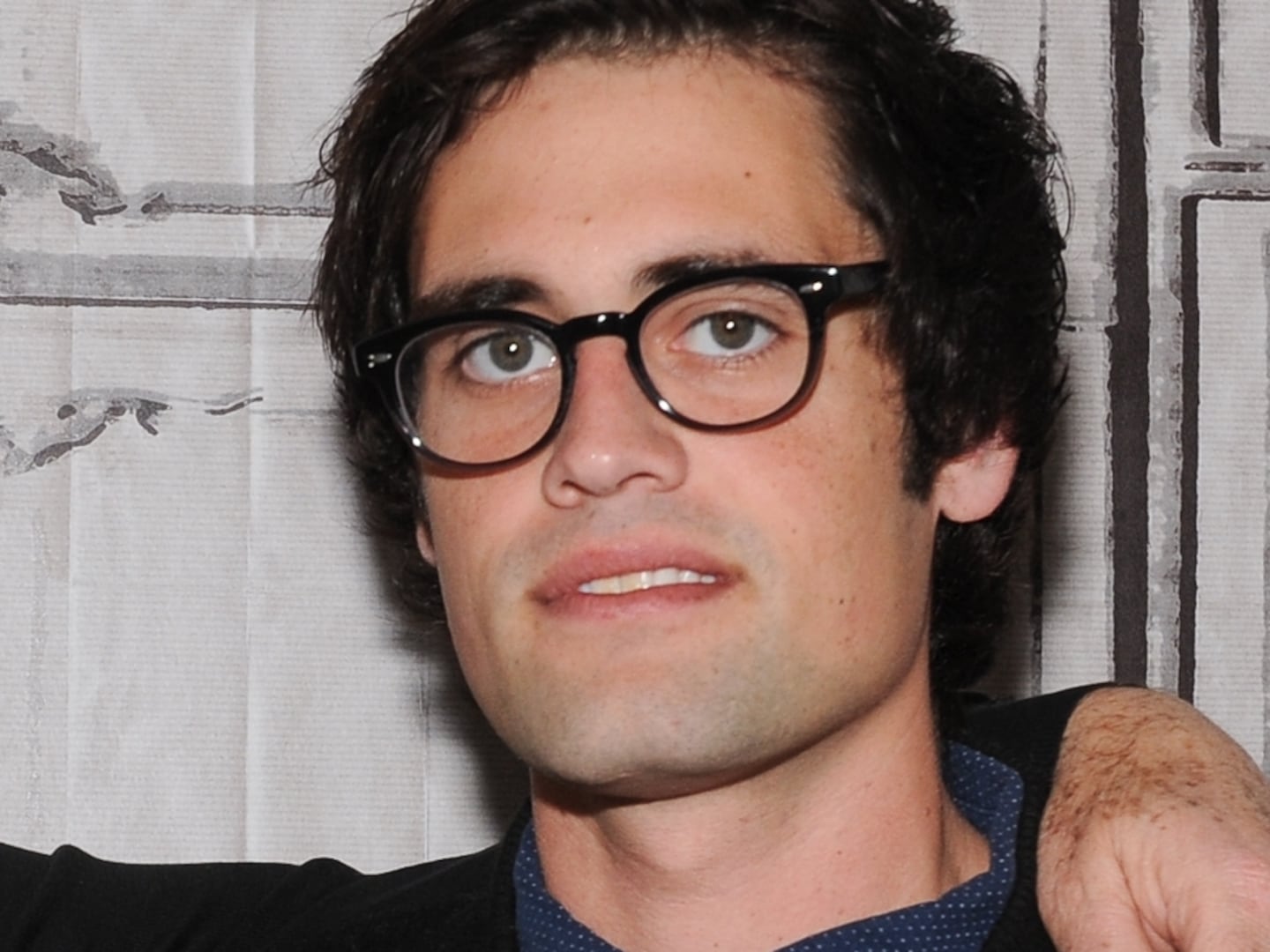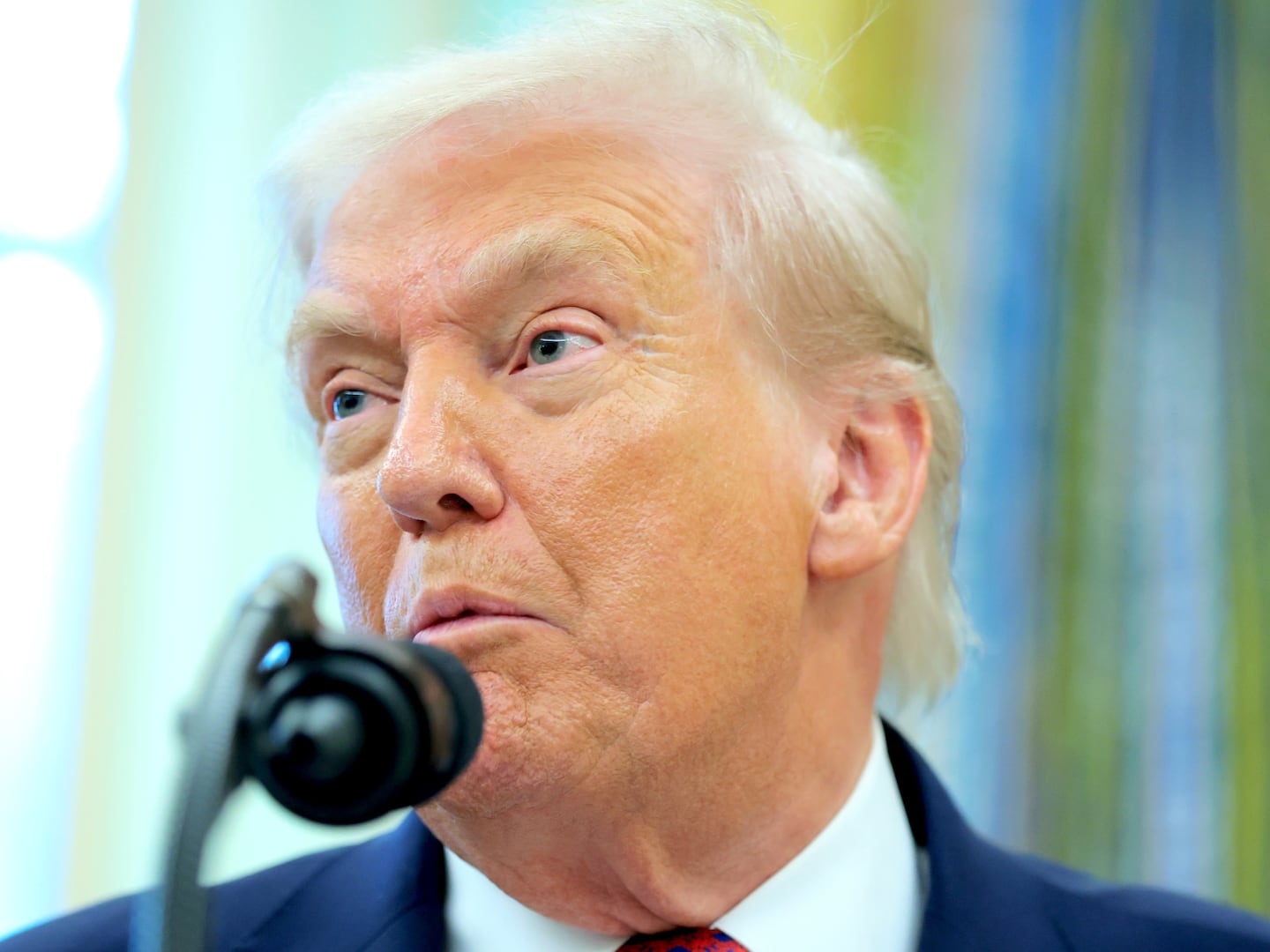Fifty years ago today, August 28, 1963, I watched the first advance elements of the March on Washington for Jobs and Freedom arriving in the nation’s capital. As the sky dawned pink-then-orange behind the stiletto spire of the Washington Monument, an army of overnight buses rolled into the city from points north—New York, New England, the Middle West. They parked single file along the Mall, delivering a small army of people.

The early arrivers bubbled with quiet excitement. In little groups, they moved toward the Lincoln Memorial, talking with hushed expectancy, as they occupied the historic ground at the heart of Washington.
The Kennedy White House and city authorities were braced for the worst. The President’s men had tried to get the March cancelled, but the organizers were not to be talked out of this precious opportunity to sway a President and a Congress.
The spring and summer of 1963 had been an explosive season of violence in southern racial hotspots, and now the President and his aides feared violence in the nation’s capital, either a huge throng of civil rights protesters worked into wild emotion by their speakers or provoked by a violent attack from racist whites from nearby Virginia. Violence, the White House worried, could derail civil rights legislation on Capitol Hill.
But there was no stopping the human tide now engulfing the nation’s capital that muggy August morning. Fresh from reporting at the racial battlegrounds in the Deep South, I understood their urge to maintain momentum—what the Rev. Martin Luther King Jr. would call “the fierce urgency of now.”
The legions of “The Movement,” as the civil rights activists called themselves, came in waves from the embattled states of the Old Confederacy: Front-line troops from the Student Non-Violent Coordinating Committee, youthful veterans of non-violence like John Lewis and Diane Nash whom I had seen light the spark of protest in 1960 and then desegregate lunch counters in Nashville, Tennessee; the high school and junior high school students whom I had seen marching through downtown Birmingham, braving fire hoses, billy clubs, and snarling police dogs, confidently singing “We Shall Overcome;” the black ministerial entourage of Dr. King’s Southern Christian Leadership Conference; and busload after busload of sympathetic northern whites and blacks mobilized by the main organizers of the March, A. Philip Randolph, the black labor leader, and his lieutenant, Bayard Rustin.
By early afternoon, when the first speakers began their call for economic and racial justice, the crowd had swelled to more than 200,000, the largest demonstration Washington had ever seen until that time. That citizen army stretched as far as the eye could see toward the Washington Monument. It was a gentle army, many of its foot soldiers participating in direct civic action for the first time.
Those Marchers embodied the populist idealism of America in the 1960s and ’70s. They were motivated by the powerful and empowering idea that ordinary people organized for a cause—for civil rights, for women’s rights, for consumer rights, for labor rights, for peace against the War in Vietnam or for protecting our natural environment—that movements such as these could compel the corridors of power in Washington to respond to the demands of grassroots America.
The mood on the ground that day was determined, but not defiant; insistent but not angry. The March was a mass protest, but it had a hopeful, upbeat spirit. It was a festival of American democracy. These demonstrators had come to Washington not to pick a fight, but to persuade and pressure a balky Congress to strike down racial oppression wherever Jim Crow was being legally imposed on Americans.
“we’ve come to our nation’s capital to cash a check,” Martin Luther King Jr. declared in an oft-forgotten passage. “When the architects of our republic wrote the magnificent words of the Constitution and the Declaration of Independence, they were signing a promissory note…that all men, yes, black men as well as white men, would be guaranteed the ‘unalienable Rights’ of ‘Life, Liberty and the pursuit of Happiness.’ ”
Then in that unforgettable, soaring refrain, King gave voice to American idealism—not just the idealism of that day but of the civil rights movement and all the populist movements of that era, the idealism that America could do better. “I Have A Dream, he cried out, “that one day this nation will rise up and live out the true meaning of its creed.”
As that huge crowd headed back to their buses and cars and trains, the mood was ebullient. The March leaders, invited to the White House, met with President Kennedy who shook their hands, one by one. “You did a good job,” he said. “You did a good job,” adding to Dr. King, “You had a dream…We will work to get a civil rights bill passed.”
Years later, John Lewis recalled to me wistfully: “There was so much optimism, so much hope.”
